Introduction to essential oils and their many uses
Essential oils have a long history and have been valued for their healing and aromatic properties for centuries. Derived from plants, they can be used in a variety of ways, from aromatherapy to skin care. But did you know that you can also make essential oils yourself? While it does take some time and patience, the process is surprisingly simple. Below we explain how to make your own essential oil, what materials you need and which plants are best. Let's explore together the fascinating way of making essential oils, because below you will learn everything you need to know about making essential oils so that you don't always have to buy them.
The benefits and cost savings of making your own essential oils
Making your own essential oils has many benefits. First, you have control over the ingredients and know exactly what is in your oils. This is especially important if you are sensitive to certain substances. Second, you can mix and create your oils based on your own preferences and needs. Third, and perhaps most important, is the cost savings. Essential oils can be expensive to buy, especially if you use them regularly. Making them yourself can save you money, especially in the long run. Finally, making your own essential oils also offers an opportunity to express your creativity and create a product that is truly one-of-a-kind.
Choosing the right plants and their parts for oil production
Choosing the right plants and their parts is critical to making essential oils. You can use flowers, herbs, spices, or even citrus fruits. Lavender, peppermint, rosemary, and lemon zest are popular options. Always use fresh plants, as dried plants contain fewer essential oils. The parts of the plant you use depend on the type of plant: for flowers, use the petals, for herbs, use the leaves, and for citrus, use the peel. Be sure to harvest your plants carefully to avoid damaging the essential oils. Finally, the plant should be healthy and free from pests or diseases. With the right choice of plants, you can produce high-quality essential oils.
Different methods of obtaining essential oils at home
There are a number of ways you can make essential oils at home. A common method is steam distillation, in which you heat plant material in a pot of water and capture the resulting vapor. Another method is cold pressing, particularly suitable for citrus fruits. The skins of the fruit are pressed to extract the oil. The so-called enfleurage is a tried and tested method in which the plant components are placed on fat that absorbs the fragrances. During maceration, plant parts are placed in a carrier oil and the oil takes over the fragrance. Each method has its advantages and disadvantages, depending on the plant used and the desired result.
Step-by-step instructions for making essential oil
Making your own essential oils is a simple process that you can do with just a few ingredients. You will need fresh plants of your choice, distilled water and a pot with a lid.
-
First, chop up the plants and put them in the pot.
-
Add the distilled water until the plants are completely covered.
-
Bring the water to a boil, then reduce the heat to a minimum.
-
Cover the pot and let the mixture simmer for a few hours.
-
After cooling, strain the mixture through a sieve into a jar.
-
Leave the jar for a few days for the oil to settle.
-
You can carefully pour off the oil floating on top - and you have already made your own essential oil!
Experiment with different plants and discover your favorite scents.
Tips for storage and shelf life of homemade essential oils
Essential oils that you make yourself can last a long time if you store them properly. Store them in dark glass bottles as light can destroy the oils. Cap the bottles tightly to prevent the oils from evaporating. Store them in a cool, dry place away from direct sunlight. Make sure the place isn't damp, as humidity can reduce the shelf life of the oils. Avoid opening the bottles too often, as this exposes the oils to oxygen, which can break them down. With proper care, your homemade essential oils can last up to 3 years.
Safety measures and precautions when handling essential oils
When making essential oils, there are a few safety precautions to keep in mind. Always wear protective gloves and safety glasses as the oils can irritate the skin and eyes. Make sure the room is well ventilated to minimize vapor inhalation. The equipment you use should be clean and dry to prevent bacteria. Keep the oils out of the reach of children and pets. It's important to realize that some plants can be poisonous, so make sure your plants are safe before using them. Always start in small amounts and see how your body reacts.
Ideas for using and integrating the essential oils you have made yourself in everyday life
It's amazing how versatile home-made essential oils can be used in everyday life. You can use them in aromatherapy to promote rest and relaxation or to increase your concentration. As an additive in homemade soaps or bath bombs, they provide a special fragrance experience. Some essential oils can even be used in the kitchen for cooking or baking. They can also be helpful in house cleaning due to their antibacterial properties. A drop on your pillow before bed can help you sleep better. Experiment with different combinations to create your own personal scent. We also recommend using it as a sauna infusion, so you can put together your own personal fragrance mix. A guide on how to How to make your own sauna infusion from essential oils can be found here .

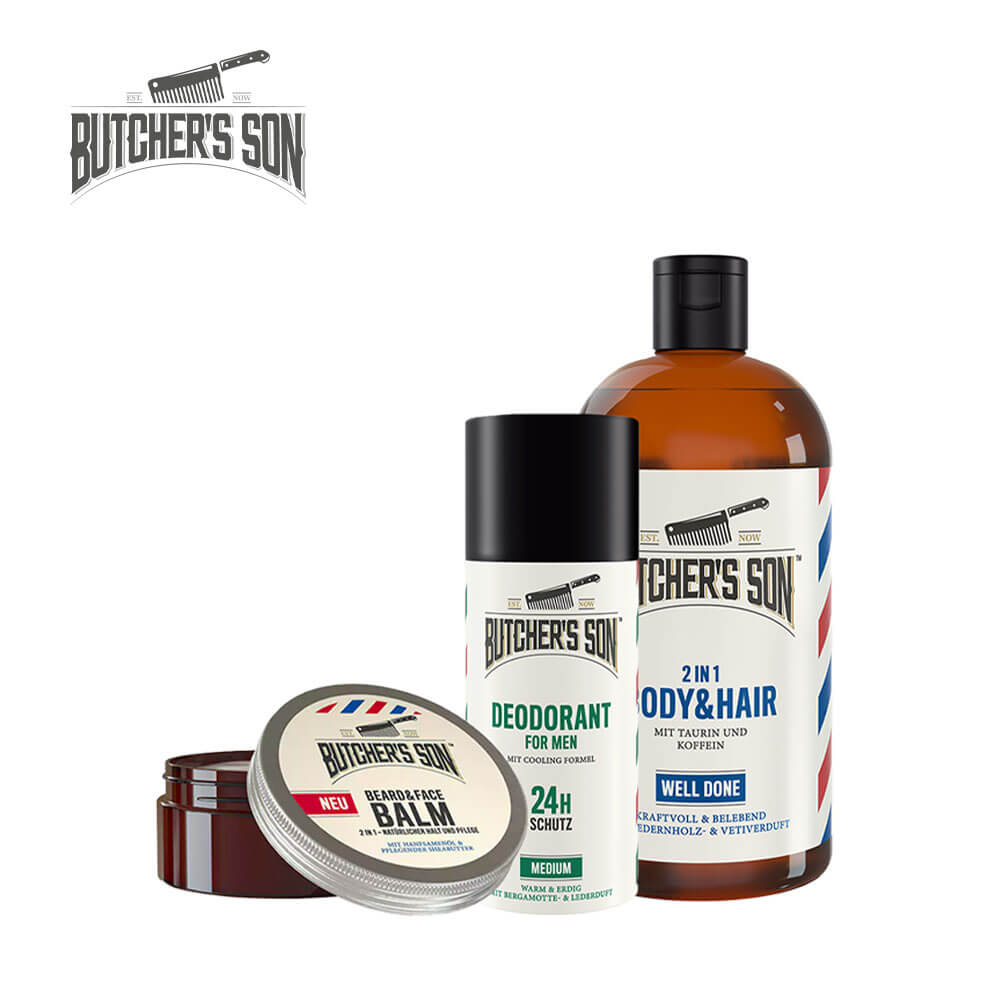

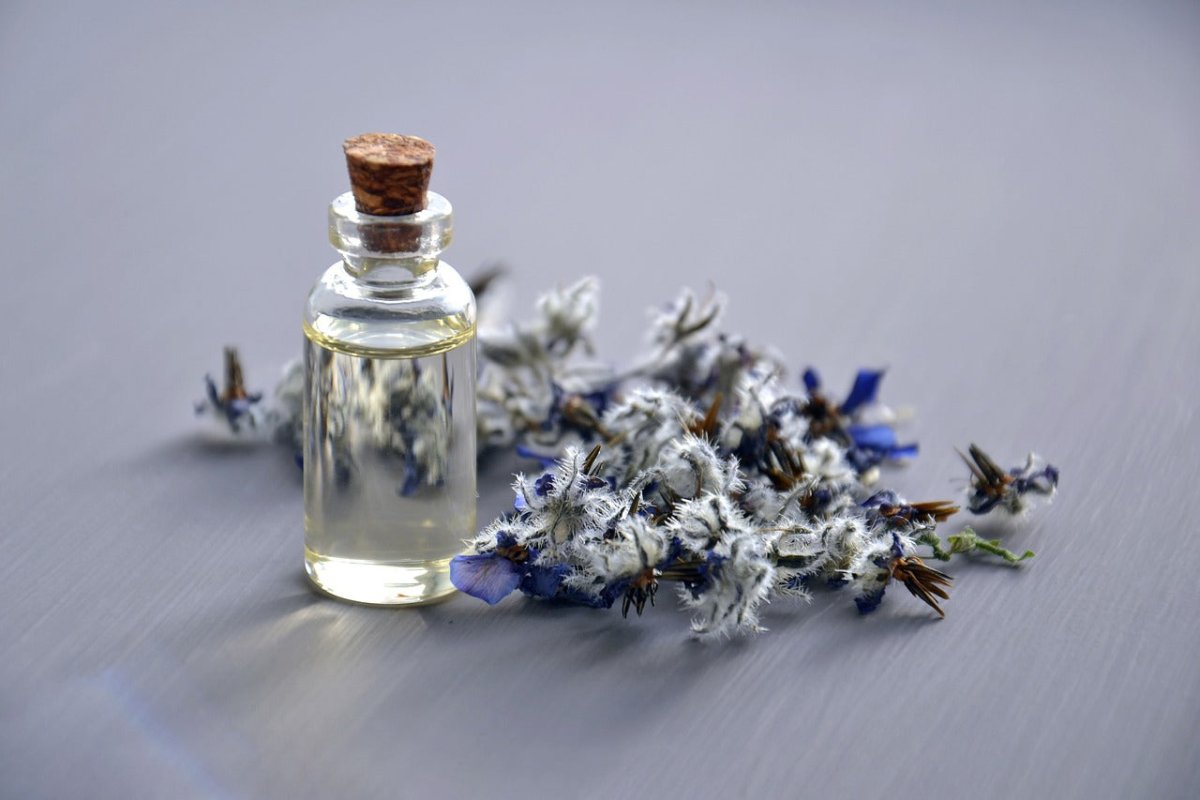
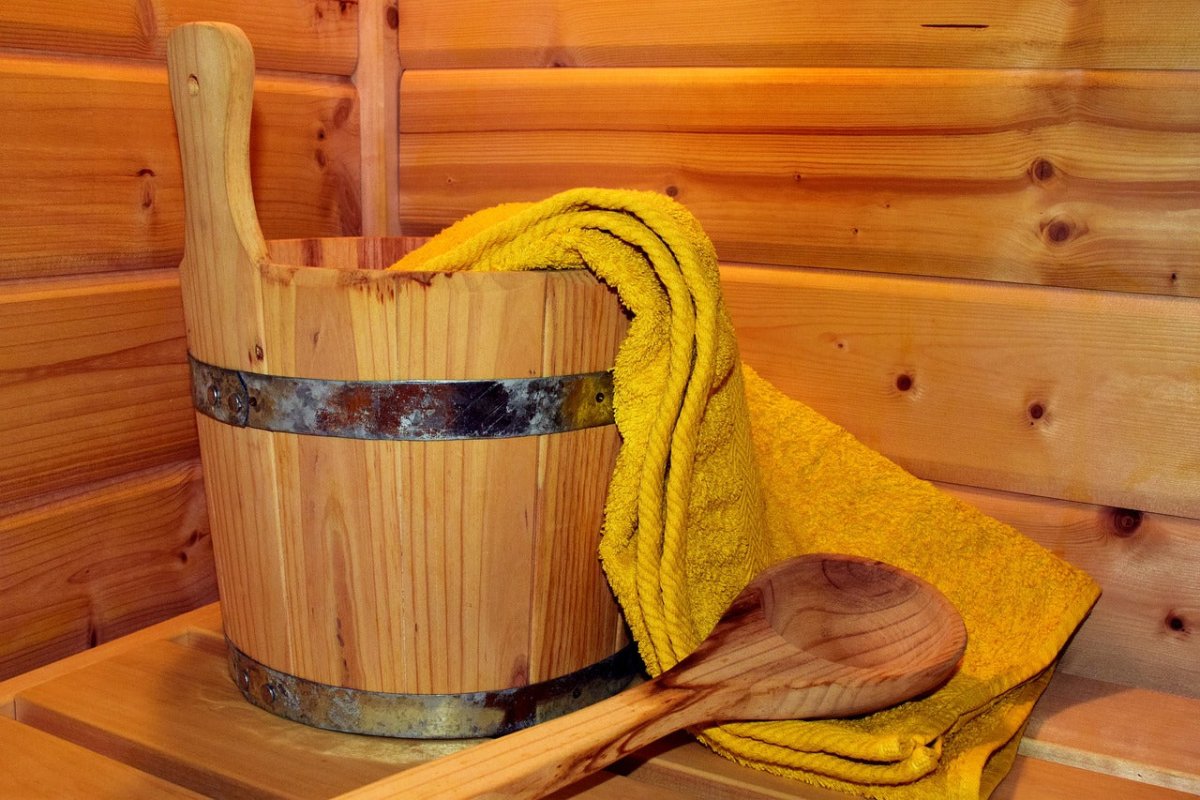
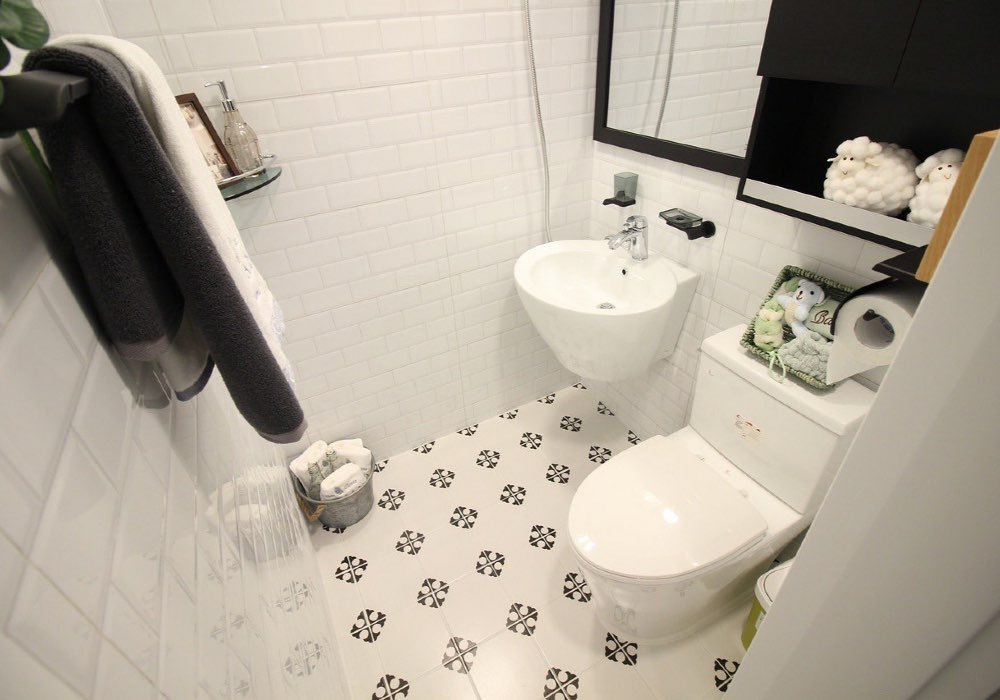
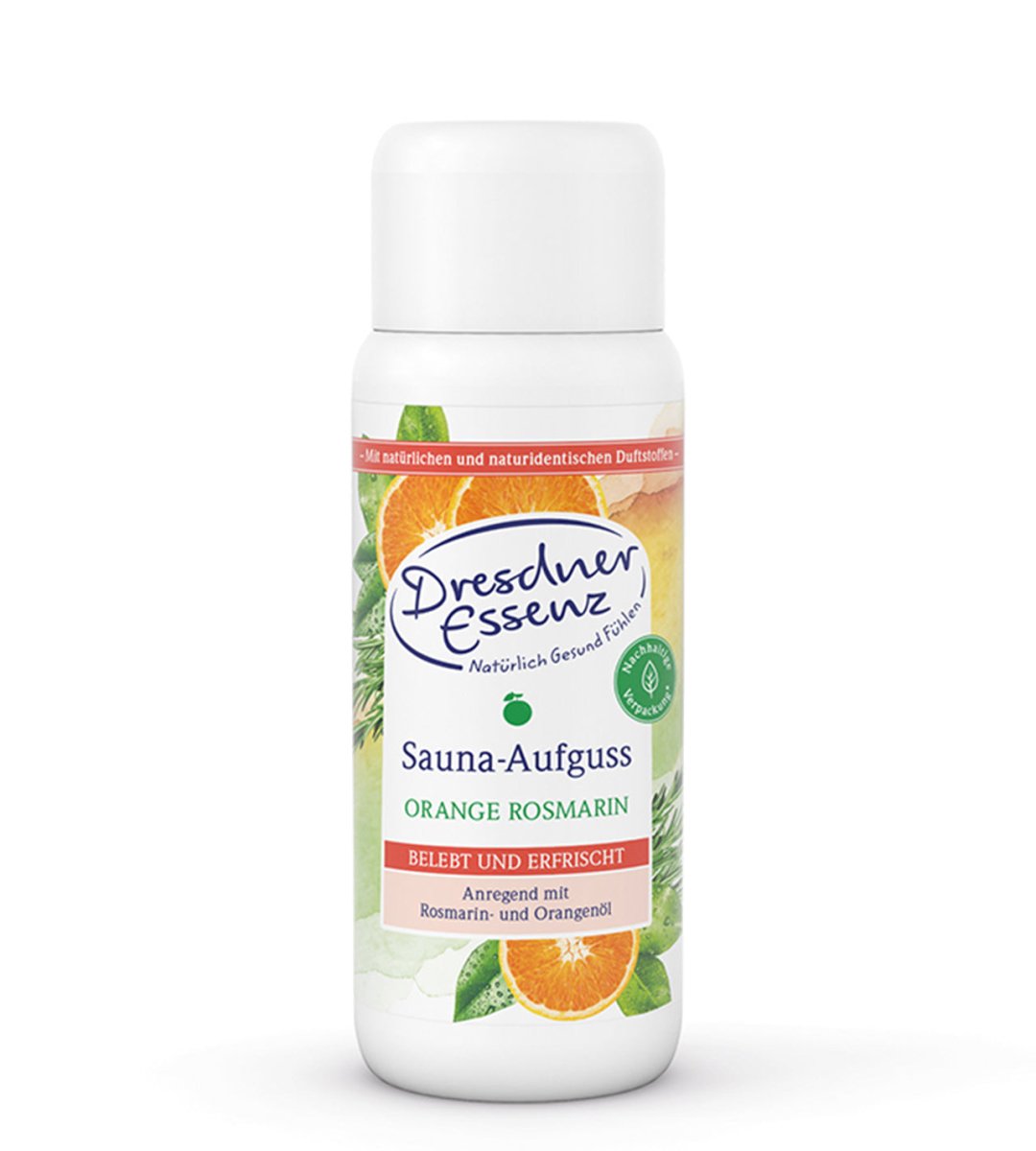
1 comment
Marion Zimmermann
Danke für diese tolle verständliche Anleitung ,um eigene Öle herzustellen.Werde aus Oregano ein Heilöl herstellen,da ich gelesen hab dass bei sehr schlimmen Hautentzündungen Hilfe zu erwarten ist.Liebe Grüße aus Thüringen
Leave a comment
All comments are moderated before being published.
This site is protected by hCaptcha and the hCaptcha Privacy Policy and Terms of Service apply.